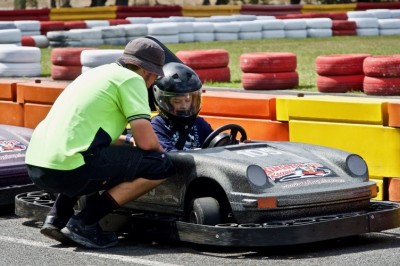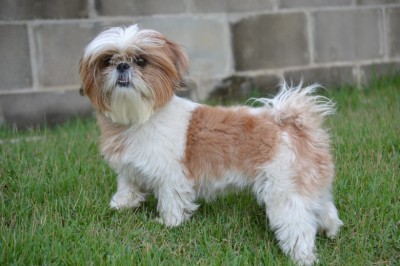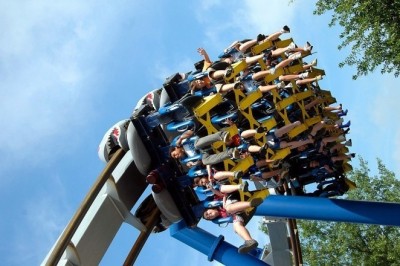Buying a counterbalance forklift
Counterbalanced forklift trucks have a heavy weight at the rear to counterbalance any weight the truck ends up carrying at the front, it is wise not to exceed the lifting capacity of the forklift as the counterbalance will not be heavy enough. Hence the name counterbalance forklift truck. When it comes to specifying a counterbalance forklift there are so many variations to choose from that you can sometimes be left confused, below is a brief run down on the different types and what they are used for. Walkie Pallet Trucks The Walkie Pallet Truck is primarily used for lightweight applications and is ideal for reaching into small spaces. Because of the flexibility of this lift, it can be used for almost any application. Walkie Stackers The Walkie Stackers are very similar to the Walkie Pallet trucks. The main difference between the two is that they are able to lift product much higher than the Walkie pallet trucks. They are still easy to get into tight places, but are made to lift extra high for the stacking capability. Walkie stackers are extremely pliable and designed for use in a medley of roles. Stackers can lift up to 2.0 tonne with mast heights reaching a maximum of 6.0 metres. Standard Walkie Stackers are are used extensively in warehousing and storage environments for moving low volume pallets. Rider Pallet Trucks Rider Pallet Trucks, different from the Walkie type of lift, are opreated by a driver riding in the truck whearas the walkie type have the operator walking along behind. The Rider Pallet Trucks are used widely for dock loading and unloading. Sit Down Counter Balanced Trucks The Sit Down Counter Balanced Trucks are known for their different designs. They feature a three wheel as well as a four wheel forklift. They are made to be ridden, and are tough as well as durable trucks. A general counterbalanced forklift truck contains the following parts: The Truck Frame - The truck frame is the main body of the truck to which the mast, axles, wheels, counterweight, overhead guard and power source are all attached. The frame may or may not have fuel and hydraulic fluid tanks constructed as part of the frame assembly. The Counterweight - The counterweight on counterbalance forklifts are usually a heavy cast iron balllast affixed to the rear of the forklift truck frame. The main role of the counterweight is to balance out the weight being lifted by the forklift, obviously this is within the lift capacity of the forklift and should not be exceeded. If the forklift is powered by an electric motor then the big lead-acid battery itself may serve as part of the counterweight. The Forklift Cab - The cab is the area that has a seat for the driver as well as the control pedals, steering wheel, levers switches and a dashboard containing operator readouts. Sometimes the drivers cab is left open air other times they are fully enclosed, however it is always surrounded by a steel cage-like overhead guard assembly. The Overhead Guard - This is a metal roof supported by posts at each corner of the cab that helps protect the operator from any falling objects, any objects falling from a height onto an operator would be extremely dangerous. The Overhead Guard helps to minimise any risk to the forklift operator. The Power Source - The source of power to the forklift may consist of an internal combustion engine that can be powered by LP gas , CNG gas, gasoline or diesel fuel. Electric forklifts are powered by either a battery or fuel cells that provide power to electric motors. The motors may be either DC or AC types, and there are many different advantages and disadvantages of all types of fuel.If you are buying a used forklift be sure to inspect the battery prior to purchase. The Mast - taking on the work of raising and lowering the load is the forklift mast. The mast is made up of interlocking rails that also provide lateral stability. . The Carriage - The forktruck carriage is the component to which the forks themselves or other attachments are mounted. The carriage is mounted into and is raised and lowered on the mast rails by means of chains or by being directly attached to a hydraulic cylinder. Attachments - There are many different types of fork attachements available, these may include extensions, sideshifters, carton clamps, multipurpose clamps, rotators, fork positioners, carpet poles, pole handlers, container handlers, roll clamps and many others.






















